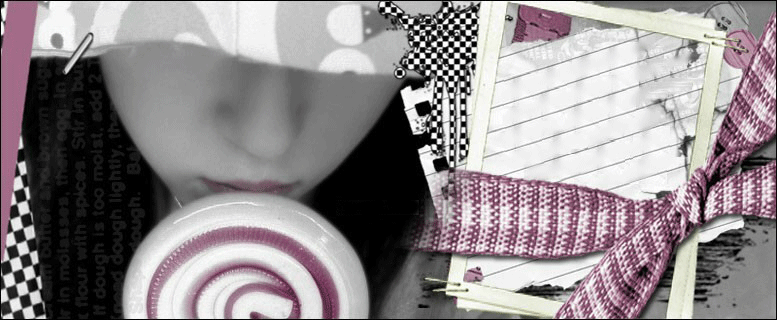Alveolus: An opening in the jawbone in which a tooth is attached.
Apex: The very bottom of the root of a tooth.
Buccal: The tooth surface next to the cheek. Dentists usually use the term "buccal" when talking about back teeth.
Cementum: A bony substance covering the root of a tooth.
Crown: The part of the tooth above the gum.
Cuspal: The chewing or tearing points of the cuspids, bicuspids and molars.
Dentin: The calcium part of a tooth below the enamel containing the pulp chamber and root canals.
Enamel: A hard ceramic that covers the exposed part of teeth.
Frenum: Small pieces of pink-colored skin that attach to the lips, cheeks and tongue of the oral cavity. Examples include the piece of skin under the tongue that sticks out when the tongue is lifted, and the piece of skin that sticks out when the lips are pulled out.
Gingiva: Another name for gums.
Gums: The pink tissue that surrounds teeth.
Pulp: The soft inner structure of a tooth containing nerve cells and blood vessels.
Pulp Chamber: The very inner part of a tooth containing nerve cells and blood vessels.
Pulp Canal: Another name for the pulp chamber.
Root: The part of the tooth that descends below the gums.

Tooth Anatomy

